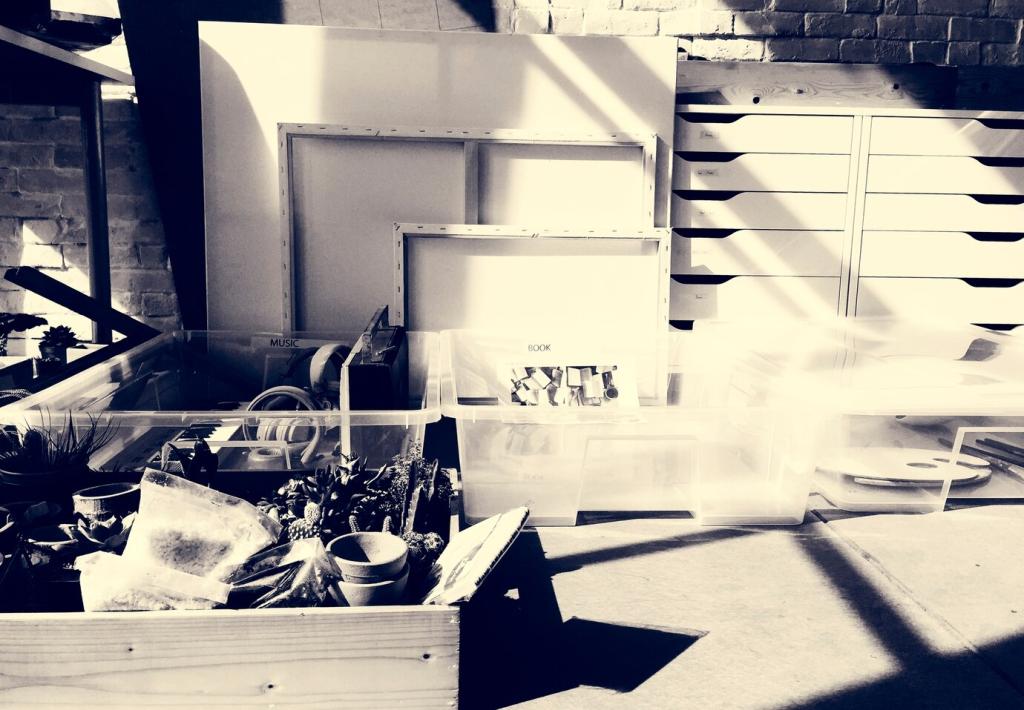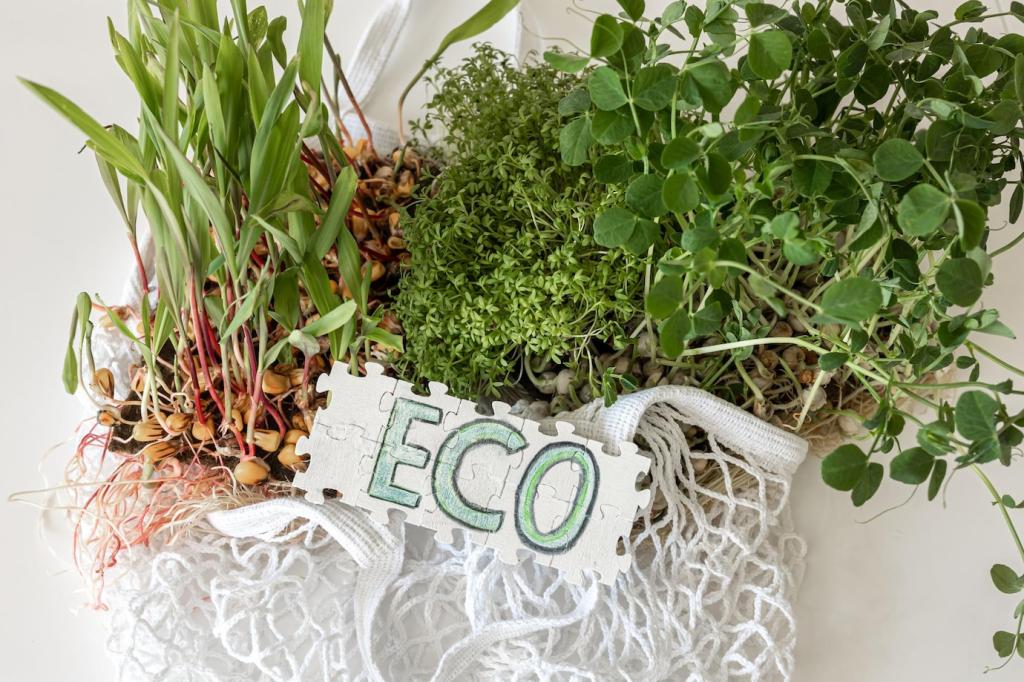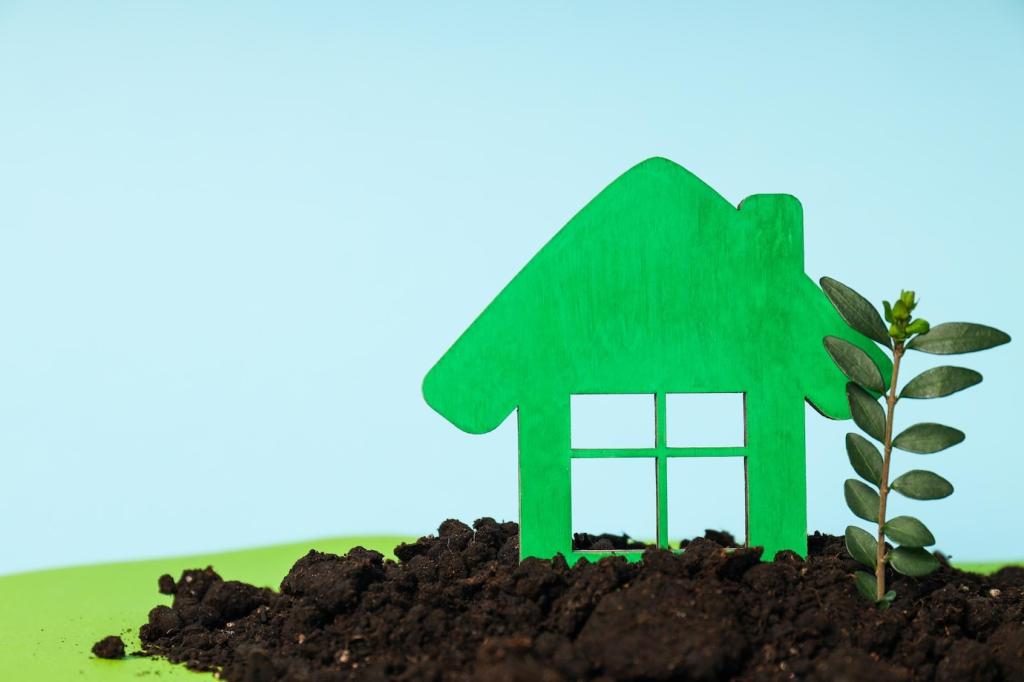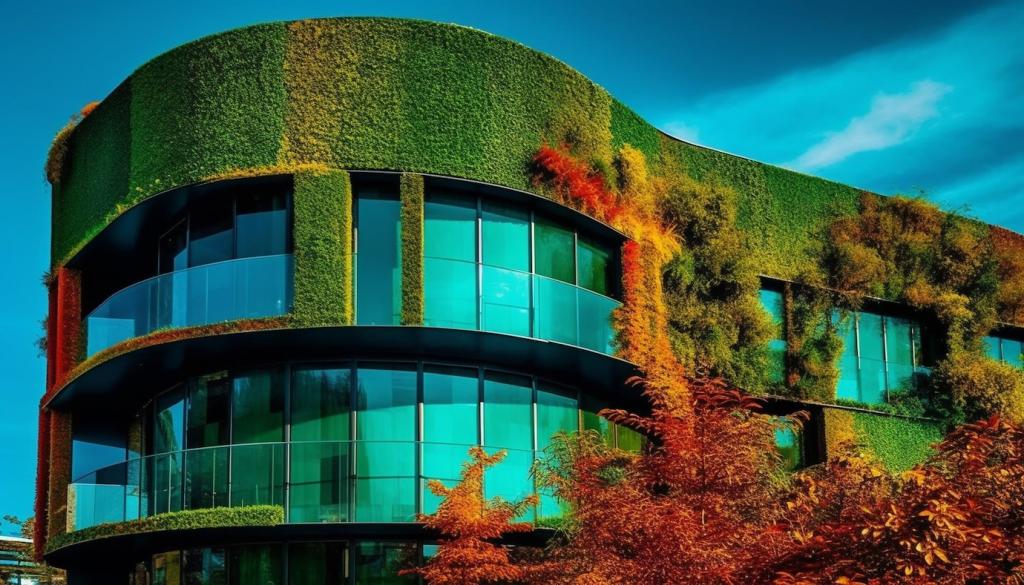Eco-Friendly Renovation Materials
The Importance of Sustainable Materials in Renovation
Renovation activities, when executed with traditional materials, can result in high levels of waste and increased greenhouse gas emissions. Sustainable materials, on the other hand, are sourced and manufactured using methods that prioritize the preservation of natural resources and the reduction of pollution. Using reclaimed wood, recycled metal, or low-emission paints helps divert waste from landfills while minimizing the extraction of raw materials. Homeowners who prioritize eco-friendly materials not only reduce their own carbon footprint but also support industries that are working towards more responsible, planet-friendly production processes.
Previous
Next
Reclaimed and Recycled Materials

Reclaimed wood is harvested from old barns, factories, and warehouses, providing a rustic, lived-in look that cannot be replicated by new timber. Each piece of reclaimed wood tells its own story through unique grain patterns, nail holes, and marks of wear, giving a singular character to any renovation project. Using this material not only reduces deforestation but also upcycles what would otherwise be discarded. Its inherent durability—built to last in its original form—translates into resilient floors, beams, and furniture that can withstand daily use while instilling your spaces with warmth and authenticity. As a bonus, reclaimed wood often avoids the pesticides and chemicals found in some modern lumber, contributing to a healthier indoor environment.
Natural and Renewable Resources
Bamboo is celebrated for its rapid renewability; it can be harvested in just three to five years compared to decades for hardwood. As a flooring and surface material, bamboo is exceptionally strong, resilient, and visually versatile, with options ranging from sleek modern finishes to more natural, rustic appearances. Sustainability certifications ensure that bamboo is sourced from well-managed forests, maintaining biodiversity and preventing detrimental harvesting practices. Additionally, bamboo absorbs more carbon dioxide and produces more oxygen than many traditional trees, contributing positively to climate mitigation efforts. By replacing conventional hardwoods with bamboo, homeowners promote forest preservation and enjoy a highly adaptable material suited to a wide variety of renovation needs.

Low-VOC and Non-Toxic Paints
The air in our homes contains traces of the substances we use to build and decorate. Paints with high VOC content can off-gas into the air long after they dry, contributing to symptoms like headaches, respiratory irritation, and long-term health issues. Choosing low-VOC or non-toxic paint drastically minimizes exposure to hazardous fumes, ensuring every breath in your renovated home is cleaner and safer. This improvement is especially significant in rooms with poor ventilation, such as bedrooms and bathrooms, where air circulation may be limited and chemical residues can persist.

Energy-Efficient Windows and Insulation
High-Performance Glazing Solutions
The latest advancements in window glazing, such as double or triple panes, argon gas filling, and low-emissivity (Low-E) coatings, drastically improve thermal retention in homes. These technologies minimize unwanted heat transfer, keeping interiors cooler in the summer and warmer in the winter without overtaxing heating and cooling systems. High-performance glazing not only saves energy but also reduces external noise and protects furniture from UV fading. When paired with eco-conscious framing options like sustainably sourced wood or recycled aluminum, your window upgrades become a win for both sustainability and comfort.
Insulation from Recycled Materials
Sustainable insulation materials made from recycled glass, denim, or cellulose offer high performance with far less environmental impact than traditional fiberglass. These products leverage post-consumer waste—jeans, bottles, newspapers—to create effective thermal barriers that help maintain comfortable temperatures year-round. Not only do they divert significant waste from landfills, but their manufacturing process often uses less energy and fewer harmful chemicals. By opting for insulation with high recycled content, homeowners extend the lifecycle of otherwise discarded materials while enjoying the dual benefits of energy savings and sustainable living.
Long-Term Energy and Cost Savings
Energy-efficient windows and insulation are investments that pay dividends well into the future. By reducing heat loss in the winter and heat gain in the summer, these renovations keep energy bills consistently lower, sometimes drastically so. Over time, the financial savings can offset the initial investment, making these renovations both eco-friendly and economically sound. Additionally, homes with superior energy ratings are increasingly attractive to buyers, translating these green improvements into concrete home value gains while supporting larger global efforts to combat climate change.
Locally Sourced Materials
Using locally quarried stone or harvested wood brings not only a reduced carbon footprint but also a unique sense of place to your renovation. Natural materials sourced from your region are adapted to local climates and often come with a heritage that adds depth to your home’s character. These materials tend to be fresher, higher in quality, and less likely to have undergone energy-intensive processing or long-haul transportation. By speaking with local producers or visiting salvage yards, homeowners can find materials that merge ecological prudence with regional design appeal.

Renovation Planning for Minimal Waste
Thoughtful renovation planning is crucial for minimizing construction waste. This means accurately measuring for materials, reusing as much from existing structures as possible, and making sure materials are ordered in quantities that reduce excess. Engaging with architects and contractors who prioritize waste reduction results in more efficient use of materials, fewer mistakes, and less need for costly changes midway through the project. Such deliberate planning not only benefits the environment but often leads to cost savings and a smoother renovation process overall.

Deconstruction versus Demolition
Deconstruction is a methodical approach to taking apart existing structures so that doors, windows, fixtures, and finishings can be salvaged for reuse. Unlike conventional demolition, which typically results in heaps of mixed debris destined for landfill, deconstruction enables valuable materials to stay in use and find new life in other projects. By choosing deconstruction, homeowners support the market for reclaimed materials and avoid the environmental downsides of manufacturing new products. Additionally, many cities offer tax incentives for donating salvageable building components, making deconstruction an attractive and responsible choice.

Upcycling and Material Repurposing
Upcycling involves transforming what might otherwise be considered construction waste into functional or decorative new products. Flooring made from old gymnasium bleachers, lighting crafted from industrial piping, or tiles produced from broken ceramics are just a few creative ways homeowners can incorporate upcycled materials. Not only does this reduce landfill contribution, but it also lends individuality and story to your renovation. Through upcycling, the environmental burden of sourcing new materials is further reduced, closing the loop and embodying the principles of sustainable renovation.
Certifications and Eco-Labels for Renovation Materials
Recognized Green Building Certifications
Many programs certify entire homes or specific material categories for sustainability. Renowned labels like LEED, GreenGuard, and Cradle to Cradle provide measurable benchmarks for environmental performance and safety. Products bearing these certifications have undergone rigorous evaluation to ensure minimal ecological impact and high health standards. By selecting certified materials, homeowners are assured of meeting or surpassing environmental best practices, lending credibility and value to their renovation investment. These certifications can also lead to increased marketability and desirability of your home if you ever decide to sell.
Evaluating Life Cycle Environmental Impact
Eco-labels often take the material’s entire life cycle into account, including sourcing, production, transportation, use, and eventual disposal or recyclability. This holistic approach ensures that sustainability isn’t just limited to one stage of a product’s existence but covers its entire journey. Materials with full lifecycle certification are typically those with the lowest long-term ecological cost. Understanding these certifications helps homeowners make informed decisions and avoid greenwashing, relying on science-backed evidence for their renovation choices.
Certifications for Air Quality and Health
Some certifications specifically address air quality and occupant health, ensuring that materials do not emit hazardous substances. GreenGuard and similar programs are commonly recognized for their strict emissions standards, certifying products like paints, adhesives, insulation, and flooring that support a healthier living environment. Homeowners seeking the safest indoor air quality can look to these labels as an extra layer of assurance when evaluating renovation materials. By prioritizing such credentials, you reduce health risks and create spaces conducive to long-term wellness for everyone in your home.
